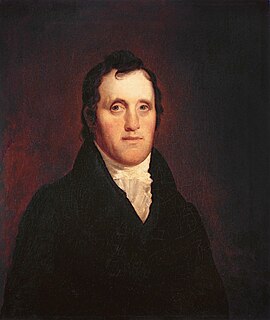
Daniel D. Tompkins was an American politician. He was the fifth governor of New York from 1807 to 1817, and the sixth vice president of the United States from 1817 to 1825.

Cornelius Vanderbilt, nicknamed "the Commodore", was an American business magnate who built his wealth in railroads and shipping. After working with his father's business, Vanderbilt worked his way into leadership positions in the inland water trade and invested in the rapidly growing railroad industry, effectively transforming the geography of the United States.

The mayor of New York City, officially Mayor of the City of New York, is head of the executive branch of the government of New York City and the chief executive of New York City. The mayor's office administers all city services, public property, police and fire protection, most public agencies, and enforces all city and state laws within New York City.
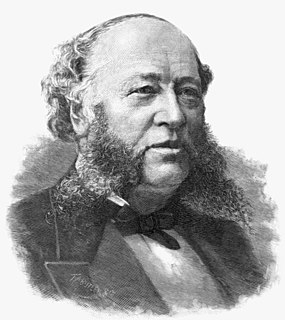
William Henry Vanderbilt was an American businessman and philanthropist. He was the eldest son of Commodore Cornelius Vanderbilt, an heir to his fortune and a prominent member of the Vanderbilt family. Vanderbilt became the richest American after he took over his father's fortune in 1877 until his own death in 1885, passing on a substantial part of the fortune to his wife and children, particularly to his sons Cornelius II and William. He inherited nearly $100 million from his father. The fortune had doubled when he died less than nine years later.

John Frank Stevens was an American civil engineer who built the Great Northern Railway in the United States and was chief engineer on the Panama Canal between 1905 and 1907.
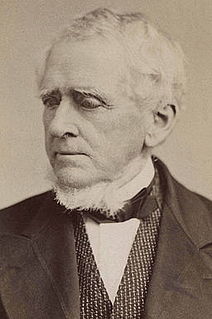
John Adams Dix was an American politician and military officer who was Secretary of the Treasury, Governor of New York and Union major general during the Civil War. He was notable for arresting the pro-Southern Maryland General Assembly, preventing that divided border state from seceding, and for arranging a system for prisoner exchange via the Dix–Hill Cartel, concluded in partnership with Confederate Major General Daniel Harvey Hill.
Grymes Hill is a 374 feet (114 m) tall hill formed of serpentine rock on Staten Island, New York. It is the second highest natural point on the island and in the five boroughs of New York City. The neighborhood of the same name encompasses an area of 0.894 square miles (2.32 km2) and has a population of 8,263 people. The hill also includes parts of the Silver Lake neighborhood. The area includes part of zip codes 10301 and 10304.

Ralph J. Lamberti is an American politician who is a member of the Democratic Party, and held the office of borough president of Staten Island, New York from 1984 to 1989.
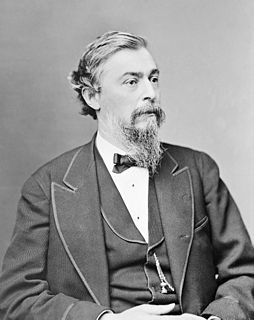
Thomas Clark Durant was an American physician, businessman, and financier. He was vice-president of the Union Pacific Railroad (UP) in 1869 when it met with the Central Pacific railroad at Promontory Summit in Utah Territory. He created the financial structure that led to the Crédit Mobilier scandal. He was interested in hotels in the Adirondacks and once owned the yacht Idler.
Notre Dame College was a small Catholic women's college located in the Grymes Hill area of Staten Island, New York. It opened in 1933 as an affiliate of Fordham University and merged with St. John's University in 1971.
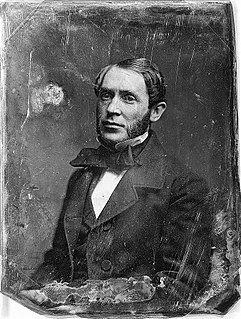
John Hill Wheeler (1806–1882) was an American attorney, politician, historian, planter and slaveowner. He served as North Carolina State Treasurer (1843–1845), and as United States Minister to Nicaragua (1855–1856).

George H. Kendall (c.1854–1924) was the president of the New York Bank Note Company that printed stock certificates. He was also an art collector.
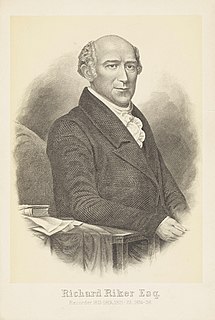
Richard Riker was an American lawyer and politician from New York, who served as the first district attorney of what is now New York County, and as recorder of New York City.
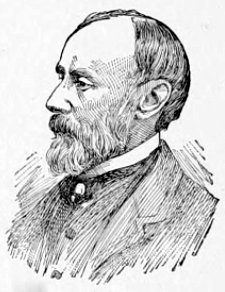
Sydney Howard Gay (1814–1888) was an American attorney, journalist and abolitionist who was active in New York City. Beginning in 1843, he was editor of the National Anti-Slavery Standard for 14 years. His offices became a stop of the Underground Railroad, and he became very active in collaborating with others to help fugitive slaves reach freedom.

John Randolph Grymes was a New Orleans attorney, member of the Louisiana state legislature, U.S. attorney for Louisiana district, and aide-de-camp to General Andrew Jackson during the Battle of New Orleans.

Anna Lukens was a 19th-century American physician who practiced and had leadership roles in hospitals and taught medicine. She was a vice-president of the New York Committee for the Prevention and State Regulation of Vice.
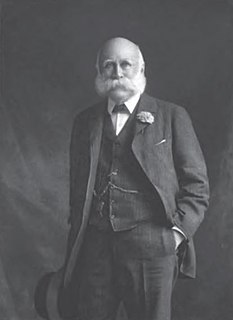
William Butler Duncan was a Scottish-American banker and railroad executive.

Amos D. Lockwood (1811-1884) was an American manufacturer and engineer based in Providence, Rhode Island. He was self-trained as a mechanical engineer, and gradually expanded his scope to all areas of textile mill construction. He was a cofounder, in 1882, of Lockwood, Greene & Company, which would become one of the largest engineering firms in the United States in the twentieth century.
















